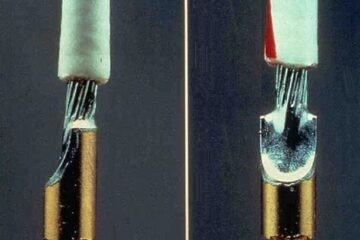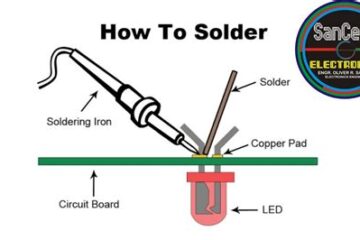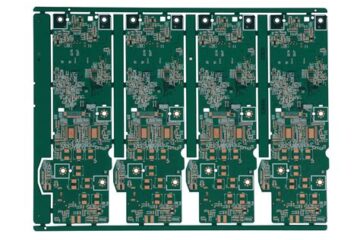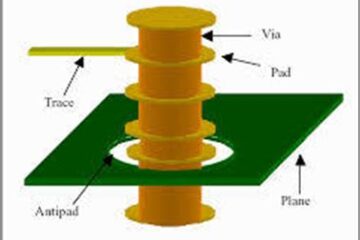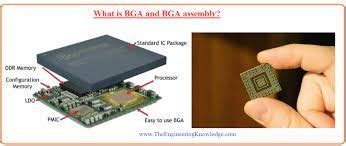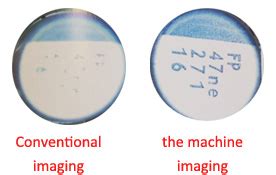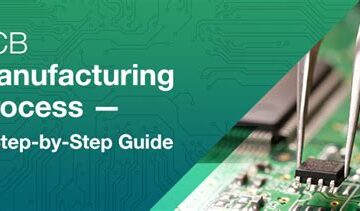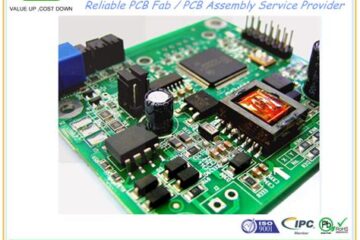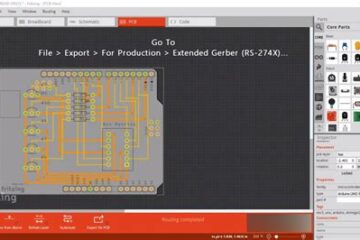PCBA
What are the Influential Factors of Quality Solder Joints?
Understanding Solder Joint Quality Definition of Solder Joint Quality Solder joint quality refers to the overall integrity, reliability, and performance of the interconnections formed between electronic components and printed circuit boards (PCBs) through the soldering process. A high-quality solder joint ensures proper electrical conductivity, mechanical strength, and long-term stability. Importance of Solder Joint Quality The importance of solder joint quality cannot be overstated in the electronics industry. Poor solder joint quality can lead to a Read more…
